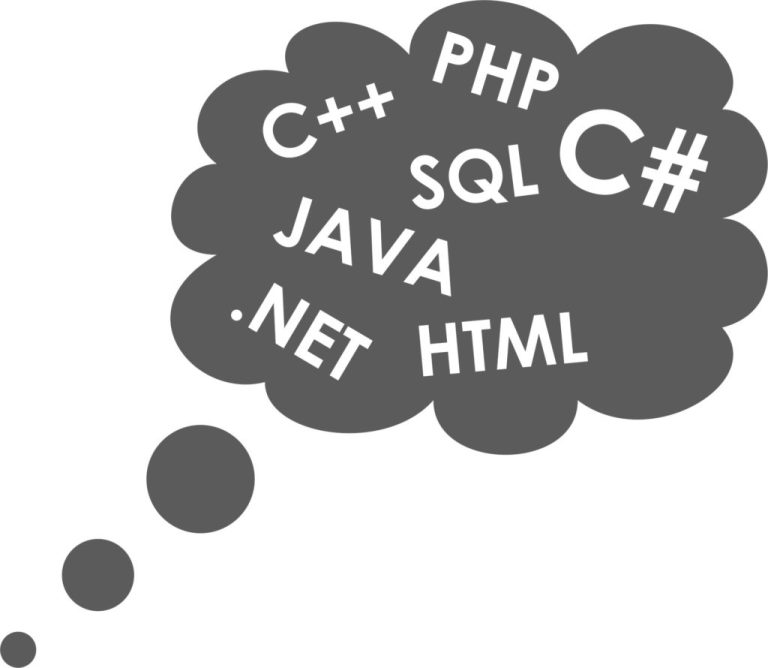Consultant
Value vs price of a consultant. Beware of looking only at the low price - you you will often be disappointed with the end result
Choosing the right SR&ED consultant for your organization is a very important and far-reaching decision. The technical consultant is especially crucial
Your R&D Consultant : Who works for who ? After a few years claiming your R&D, you should know about it and know whether you have your money's worth.
Here are seven good reasons to use a senior consultant before putting your SR&ED tax credit claim at risk.
Thinking about saving on R&D fees? Bad idea, the burden will move to your best ressource's agenda AND you will add to your risk-Select a better one instead
The SR&ED consultant will access your private and highly confidential information about your core technology. Do you trust him ? Will he maximize your claim ?









